Dies Irae
A Guide to Requiem Music
Robert Chase

SCARECROW PRESS, INC.
Published in the United States of America
by Scarecrow Press, Inc.
A wholly owned subsidiary of
The Rowman & Littlefield Publishing Group, Inc.
4501 Forbes Boulevard, Suite 200, Lanham, Maryland 20706
www.scarecrowpress.com
Eastover Road
Plymouth PL6 7PY
United Kingdom
Copyright 2003 by Robert Chase
All rights reserved. No part of this publication may be reproduced, stored in a retrieval system, or transmitted in any form or by any means, electronic, mechanical, photocopying, recording, or otherwise, without the prior permission of the publisher.
British Library Cataloguing in Publication Information Available
Library of Congress Cataloging-in-Publication Data
Chase, Robert, 1938
Dies irae : a guide to requiem music / Robert Chase.
p. cm.
Includes bibliographical references (p. ) and index.
ISBN 0-8108-4664-0 (hardcover : alk. paper)
ISBN: 978-0-8108-4664-7
1. RequiemsHistory and criticism. I. Title.
ML3088.C43 2003
782.32'38dc21 2002152105
 The paper used in this publication meets the minimum requirements of American National Standard for Information SciencesPermanence of Paper for Printed Library Materials, ANSI/NISO Z39.48-1992. Manufactured in the United States of America.
The paper used in this publication meets the minimum requirements of American National Standard for Information SciencesPermanence of Paper for Printed Library Materials, ANSI/NISO Z39.48-1992. Manufactured in the United States of America.
In memory of my parents,
Edna Avis Chase
Robert Henry Chase
Contents
by Dr. Jahja Ling, Associate Conductor, Cleveland Orchestra
Foreword
For musicians, music lovers, choral directors, and anyone interested in music, Dies Irae: A Guide to Requiem Music provides a look into the numerous settings of a musical-poetic form that has been composed from the Middle Ages to the present. Not only does this guide take the reader through the better-known requiems by Mozart, Brahms, Cherubini, and Verdi, but also lesser-known settings by James DeMars, Friedrich Kiel, Thodore Gouvy, and Sir George Henschel.
Included are a number of contemporary requiems, such as Gerard Victorys Ultima Rerum and Brittens War Requiem. Dr. Chase has included a significant selection of works from the Eastern Orthodox Rites, works that are an important part of the Christian musical and spiritual heritage. Furthermore, there are also selections from the German Requiem, the Anglican Requiem, the War Requiem, and the secular requiem. It is a well-known fact that many composers have written a setting of their requiem, but I do not recall any source that puts information about them under one cover. Of special interest to me are the pieces by Gouvy, Rivier, Tomasi, Bomtempo, and the Messa per Rossini.
I have conducted many requiems with The Cleveland Orchestra and other orchestras, including Berlioz, Brahms, Faure, Mozart, and Verdi. Every time I conduct a requiem, it is an emotional experience for me and always serves to enlighten. Even though each composer has its own characteristic setting of the requiem, I always feel the same message in the music: et lux perpetua. May the eternal light shine upon you. It is a message of hope and comfort knowing that eternal life is waiting for those who depart. No other form of music can convey this meaning so vividly except for the requiem. This book will be a welcome addition to any musical library.
Jahja Ling, Associate Conductor, Cleveland Orchestra
Acknowledgments
Few books are the product of a singular mind and a great many people have helped on this musical journey. I would like to express here my heartfelt thanks and appreciation for that assistance.
To composers, James Bingham, Thomas Beveridge, Daniel Pinkham, Edgar Grana, Anthony Newman, and James DeMars-Michel Sarda for scores and tapes of their works. Baronet Lionel Sawkins, for his sharing of his transcription of the virtually impossible-to-find score of De la Landes grand motet, Dies Irae. Nikolai Kachanov, for scores of the monophonic Russian chants, Sviridov and Copytsko scores. Vladimir Morosan of Musica Russica, for various Panikhida scores, and full scores of Tanievs, St. John of Damascus and Kastalsys Commeration Fraternelle, as well as many other valuable insights. Long-time friend and classmate, Eugene Pelletier, titulaire du grande-orgue de Leglise Saint Joseph des Carmes (Paris), for reading the manuscript as well as alerting me to the Calmel, De Ranse, and Le Francois works and for sending full scores of the Rivier and Gagneux requiems. Long-time friend and classmate, Dr. Peter Bayerdrfer, for locating the Hasse, Kiel, and Gouvy scores. My friend, Shiela Hu, librarian, who located and obtained several dozen hard-to-get scores.
To the conductor, Christopher Dawes for a taped performance of Willans Requiem. Fathers Oshagan Minassian, Mammigon Kiledjian, and Daniel Findikyan for musical scores and assistance with the Armenian Rite. Milos Raikovich for a copy of his setting of the Parastasos and help with the Serbian Opelo. Brother Cyril Cavet for his Latin motet translations. Eugene Mohr for reading my translations of the German requiems and, most especially, his work with the poetry of Hermann Heiss. Arlene Stadler for her preparations of the musical examples found in the Guide. Dr. Christopher Chang, Professor of Music (Dong-Wu University, Taipei), for his support and encouragement in preparing this study.
Grateful thanks and appreciation is also extended to: Metropolitan Philip of the Antiochian Orthodox Christian Archdiocese of North America for use of the Panikhida texts. Father Spenceri Kezios for his translations of the requiem texts in the Sacraments and Services Music Book and tapes for the Greek service. Professor Sandro Gorli for use of his poetry. Kurt Vonnegut for use of his text, Stones, Time and Elements: A Humanist Requiem. Boosey & Hawkes, Inc., for the use of the Heinrich Simon poetry (Delius Requiem, 1920, 1921, 1922 by Hawkes & Son [London] Ltd.). Chatto and Windus for use of Wilfrid Owens War Poems. Elis Pehkonen and Max Hayward and Manya Harari in the translation of Dr. Zhivago (1965 edition) and published by Collins/Hamill in Fontana Books. Michel Sarda for the use of his Native American poetry in James De Mars American Requiem. Huub Oosterhuis, Im Vorbergehen Verlag Herder, Freiburg 2, Auflage 1971. Paul Celan, Die Posaunenstelle, Paul Celan, Zeitgehft. Spte Gedichte aus dem Nachlass. Suhrkamp Verlag, Frankfurt am Main, 1976. Dr. Johannes Graulich of Carus-Verlag for allowing me to use Dr. Robert Scandretts English translation of the Dresden Requiem.
Finally, I want to thank my wife, Jenny, and son, Wayne, for their patience and support during the five years that have elapsed since this project was begun.
Abbreviations
VOICES & INSTRUMENTS
SATB = soprano, alto, tenor, bass. [appears in numerous combinations]
Bar = baritone
v(vv) = voice(s)
v(vv) = verse(s)
STR, WW, PERC = strings, woodwinds, percussion
vn [violin], vla [viola], vc [cello], db [double bass]
pic [piccolo], fl [flute], ob [oboe], cl [clarinet], bcl [bass clarinet] Eh [English horn], bsn [bassoon], cbsn [contrabassoon], Fh [French horn], tpt [trumpet], tbn [trombone]



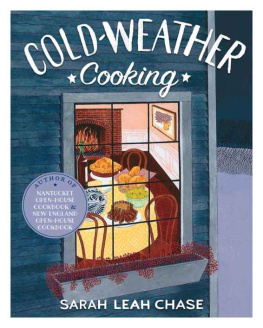
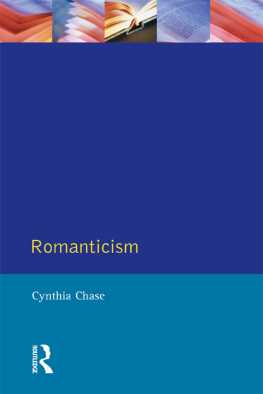


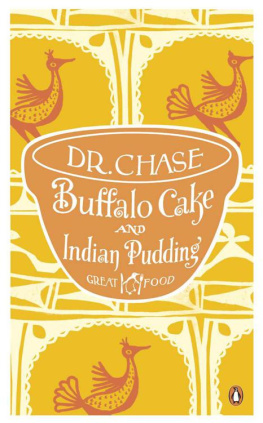
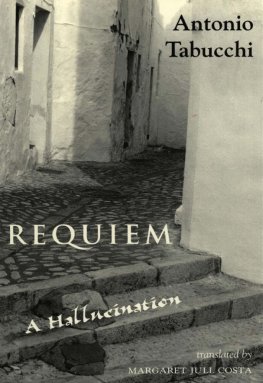
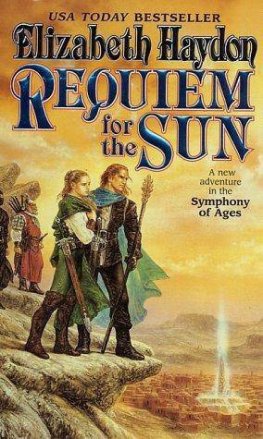
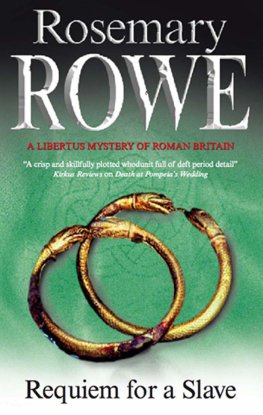
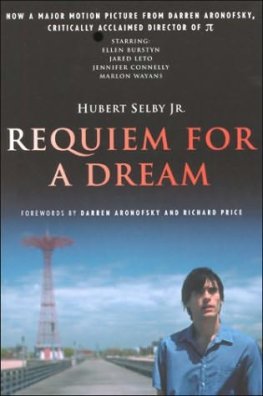
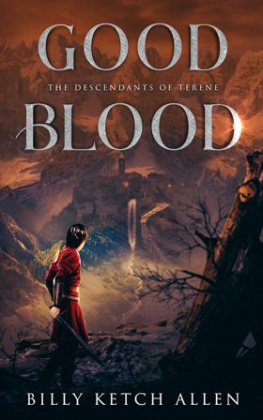
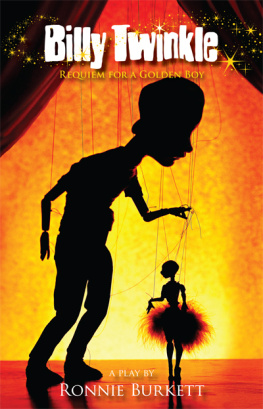
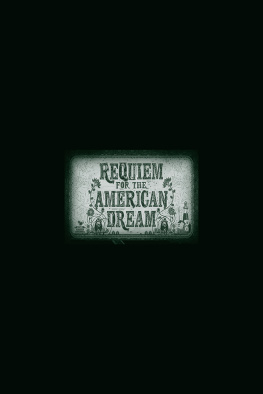
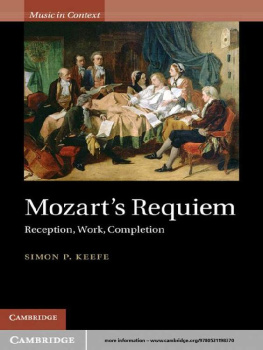

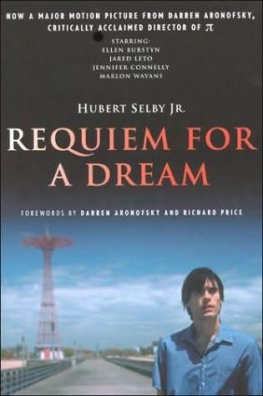
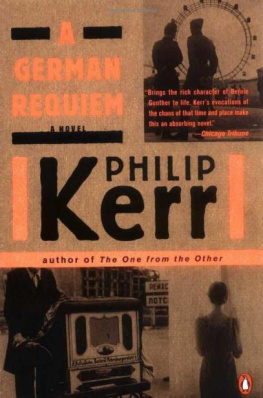

 The paper used in this publication meets the minimum requirements of American National Standard for Information SciencesPermanence of Paper for Printed Library Materials, ANSI/NISO Z39.48-1992. Manufactured in the United States of America.
The paper used in this publication meets the minimum requirements of American National Standard for Information SciencesPermanence of Paper for Printed Library Materials, ANSI/NISO Z39.48-1992. Manufactured in the United States of America.